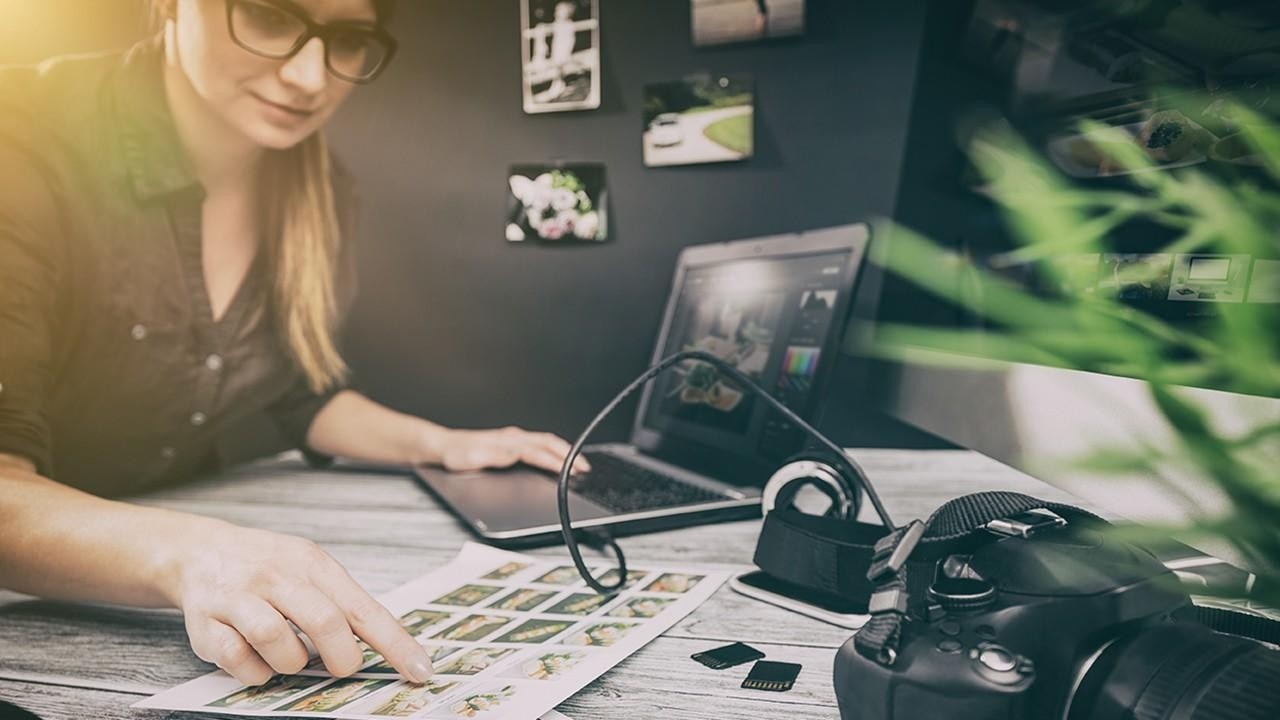ANSWERED: Your Top 5 Livestock Photo Questions

We recently held a series of online livestock photography workshops with some awesome Q&A sessions. Based on those workshops and the conversations in my email and DM's right now, y'all are asking a lot of the same questions when it comes to photography, so I decided to put the top five questions together in this post along with my answers - if you have other questions we can answer, be sure to drop them in the comments of this post!
1) Do you prefer Mirrorless or DSLR cameras? Without a doubt, gear questions have been the most common since this site began (we all like to think that better gear is the secret to being better photographers...) but this particular gear question has steadily creeped it's way to the top of the list over the past 12 months.
I own DSLR cameras, which have been the industry standard for more than a decade now, so their quality is obviously proven. I have also shot Sony and Nikon Mirrorless cameras. I think low light performance and image quality on the rigs I've shot are exceptional. Clearly camera manufacturers are continuing to move in the direction of Mirrorless and it's probably a good thing. Traditionally, new technology brings advances throughout the camera lineup and decreases the price of ownership for the current technology, which means every time a camera manufacturer comes out with a new advancement, you can immediately buy better tech for less money.
DSLR and Mirrorless are both great options. I see the low light performance of Mirrorless as a distinct advantage for those of you who enjoy taking ring shots at shows. Aside from that, the most important thing is to buy the best image quality (which is NOT the same as image size/MegaPixels) you can afford for the lowest price possible.
2) How much do you charge when you're starting out? Magical things happen when people find out you're good at photography, and quickly you can end up in a position where it's time to price your work. Here are my suggestions.
Step 1: If you aren't confident you can deliver solid photos just yet, start out working for free to get yourself some practice and exposure.
Step 2: Once you can get the pose right most of the time and the light right most of the time and you know how to deliver images to the right specs and do it on time everytime, then it's time to start charging for your work. I recommend starting with a low per-head fee, say $15-25 for your first few shoots
Step 3: Raise your rates as your skills grow. I think the ceiling for per head fees for livestock photographers is somewhere around $75/hd. (for photos only, more for photos + video).
Step 4: Add services to your repertoire. Be able to offer more. Learn video production and apply the same method to your pricing schedule.
3) What's the best way to build a portfolio of work? See Question 2, Step 1.
4) What's the best time of day to take livestock photos outdoors? Light changes throughout the day, throughout the year, and based on geography. Add in weather and light can change from one second to another. What we need to do as livestock photographers is learn to understand the light, how it changes, how weather and the environment impact it, and how to use it to create the greatest advantage each time we take a shot. Depending on all those factors, the best time of day may be anywhere between 1-2 hours after sunrise to 1-2 hours before sunset, and may or may not require a midday break for high lighting.
5) How do you handle difficult livestock? Put simply, handling livestock is it's own craft which must be blended together with your photography ability to take great livestock photos. When livestock are difficult the most important thing you can do is to understand why. Is it because of the pen setup? Is it because of the way animals are being handled in the chute? Is it because they're just a little crazy? At some point, you need to address the underlying issue and their may be a lot of possible solutions. If you take those variables out of the mix, then handling difficult livestock requires answering this one question; How can I make this animal as comfortable as possible while still maintaining my ability to get the pose? A lot of times the simple answer is to get out of their bubble. Back off. Slow down. Be quieter. Use gentler noises to get their attention. Other times, they just need a buddy. Learning to use a dummy animal can make a huge difference.
If these questions and answers intrigue you, then you should really check out The Complete Guide to Cattle & Livestock Photography. Join more than 300 students from around the world how are taking better pictures and making more money - all while networking with peers in the livestock business! Enrollment closes 3/3!
Get our best tips delivered to your inbox.
Join our mailing list to receive weekly livestock photography tips delivered directly to your inbox. Take Better Photos. Make More Money.


